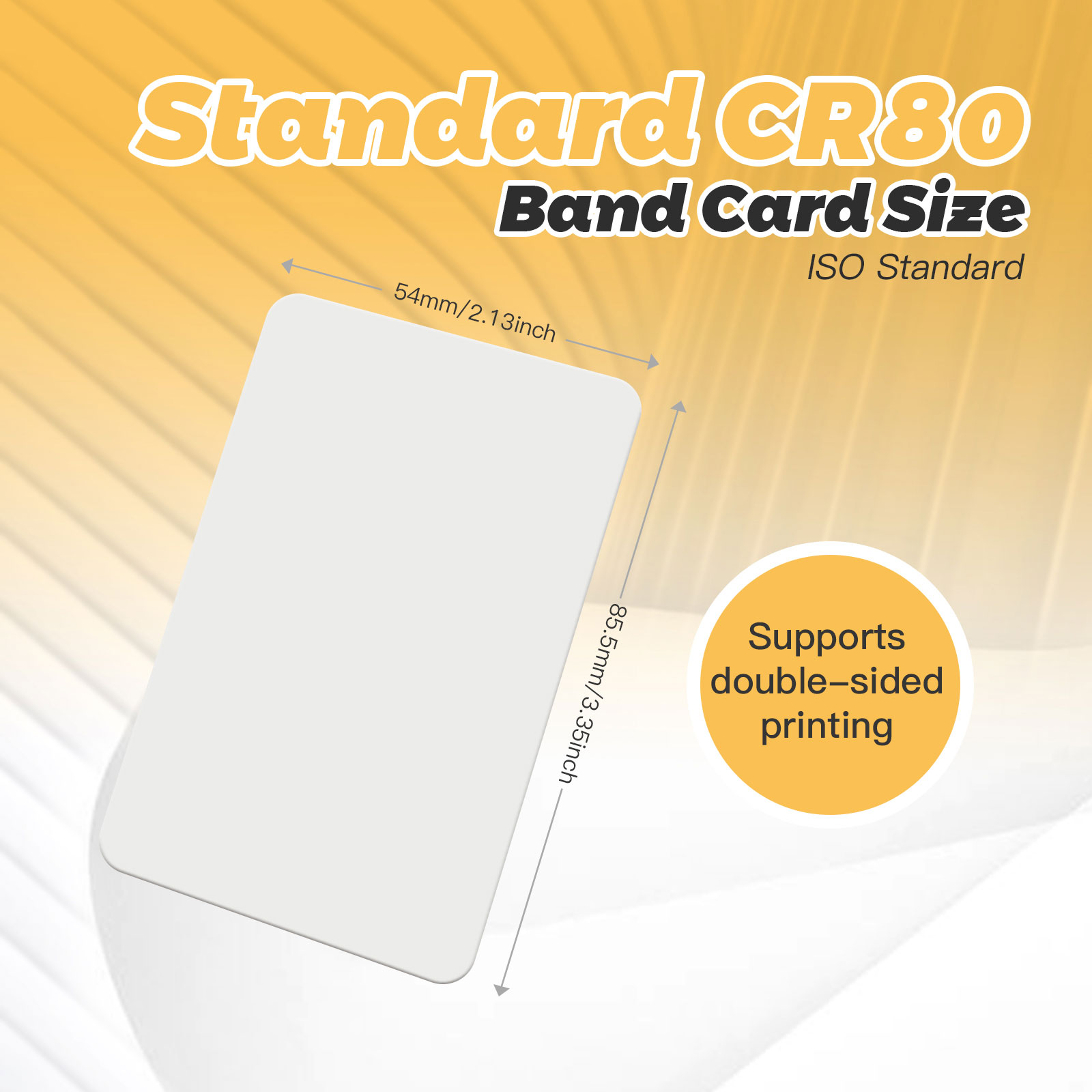

PETG sustainable card is a polyester obtained by copolymerization modification of polyacid polyol. PETG material is briefly a transparent plastic.
OEM/ODM Services: Customized designs, sizes, thicknesses
Personalized Customization: UV printing, embossing, magnetic stripes, RFID embedding, barcodes, QR codes, etc.




Advantages of PETG sustainable card
High transparency, high gloss, scratch resistance,
anti-aging resistance, anti-static, chemical resistance,
hydrolysis resistance, good fluidity, strong tinting strength,
easy molding processing, good sanitation (conforms to FDA).
The environmental protection of PETG is due to its degradability, and the chemical elements contained in it are carbon, hydrogen, and oxygen like paper. After the products made of this material are discarded, they will eventually become water and carbon dioxide.


| FAQ |
| Is PETG plastic strong? |
| PETG is best known for its durability and strength, and the plastic is resistant to high temperatures, UV rays, water, chemical solvents, and more. |
| Is PETG plastic heat resistant? |
| PET is naturally very tough and the addition of glycol makes it less brittle. PETG is best for household uses such as kitchen utensils, dishes, and drink containers. This is because of its natural resistance to impact, humidity, and heat. |
| Can PETG be used in water? |
PETG is commonly considered to be waterproof and also has excellent thermal resistance. This material is probably your best bet for printing waterproof parts as long as you additionally perform other waterproofing techniques. PP is one of the best options for waterproof prints. |
| Dimensions | 85.5*54mm (customizable size and shape |
| Protocol | ISO14443A、ISO15693、ISO18000 |
Chips | NXP series: NTAG, Mifare, Mifare(Duox), Desfire, Ultralight, UCODE, ICODE |
| Card Surface | Glossy, matte, frosted, epoxy (single or double sided), brushed (single or double sided) |
| Materials | PVC, PLA, PETG, PET, TESLIN, wood, bamboo, RPVC, paper, etc |
Operating frequency | 13.56MHZ |
Read/write distance | 2.5-8cm |
Data retention | 10 years |
Erase/write times | 100,000 times |
| Printing | Silk screen printing, offset printing, digital printing, anti-counterfeiting printing, UV printing |
Coding process | Inkjet code, laser code, flat code, embossed code, bar code, QR code |





